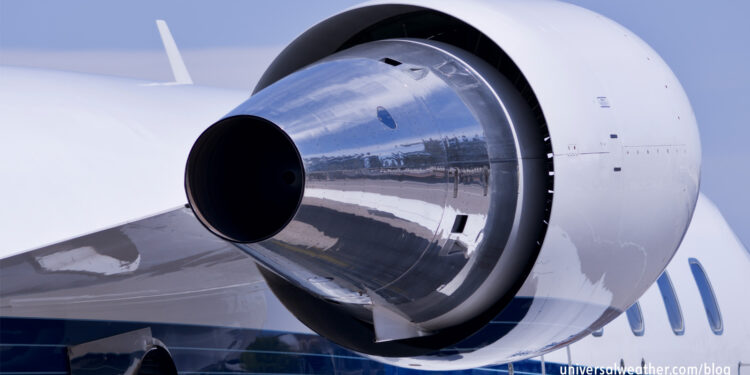Stage 2 Aircraft Operations – Part 2: Operating Basics

This business aviation blog post continues from our article last week, entitled “Stage 2 Aircraft Operations – Part 1: Rules & Limitations.”
More and more airports are barring/restricting Stage 2 operations. This presents a range of growing challenges for business aircraft operators of Stage 2 equipment when flying internationally.
The following is an overview of what you need to know:
1. Getting from point A to point B with a Stage 2 aircraft
Even though your final destination may permit Stage 2 operations, the issue can be getting your aircraft from home base to the destination. Older Stage 2 aircraft typically have shorter ranges. You’ll need to consider noise restrictions at tech stops and alternate airports along the way, as well as noise-based overflight restrictions. This requires additional trip planning time with, potentially, longer routings and additional stops. Selecting alternate airports for a Stage 2 aircraft flight plan requires additional consideration.
At airports that do accept Stage 2 equipment, there will often be noise-based curfew hours. This may impose schedule restrictions and, perhaps, higher costs in terms of additional aircraft parking and crew accommodation requirements, among other concerns.
2. Dealing with Stage 2 restrictions
One option, in order to continue productive use of your Stage 2 aircraft, is to have it hush-kitted to Stage 3. Alternatively, with sufficient lead time – up to several weeks – you can usually find a way to reposition Stage 2 aircraft to many international destinations. U.S.-based operators may opt to use their Stage 2 aircraft until the end of 2015 and then sell it into a market – South America or Africa for example – that does not yet have Stage 2 noise restrictions in place.
3. Stage 3 may also have issues
While all new aircraft are Stage 4, you’ll seldom face noise limitations with Stage 3 aircraft. Although Stage 3 operations are generally not restricted due to noise, there are exceptions. Farnborough (EGLF) is a Stage 4-only airport. Dusseldorf (EDDL) allows extended operating hours for Stage 4 – 0500-2300 local vs. 0600-2200 local for Stage 3. At Frankfurt (EDDF) Stage 2 is not permitted at all and Stage 3 may operate 0600-2200 local, while Stage 4 may operate 0500-2300 local.
4. Exceptions to noise restrictions
Diplomatic and military flights with appropriate approvals are not normally subject to noise restrictions. Permits for these operations are usually obtained through diplomatic channels.
5. Additional information
For more information on noise restrictions and phasing out of Stage 2 operations within U.S. airspace, see information on the NBAA website or our article entitled “Aircraft Noise Restrictions – What You Need to Know.”
Closing thoughts
If you’re operating a Stage 2 aircraft, it’s important to plan well in advance in order to understand and manage applicable noise restrictions. Alternatively, consider having your aircraft hush-kitted or leaving it at home base – and chartering – when you need to travel to noise-restricted locations.
Questions?
If you have any questions about this article or require assistance with planning your next trip, contact me at larrywilliams@univ-wea.com.




